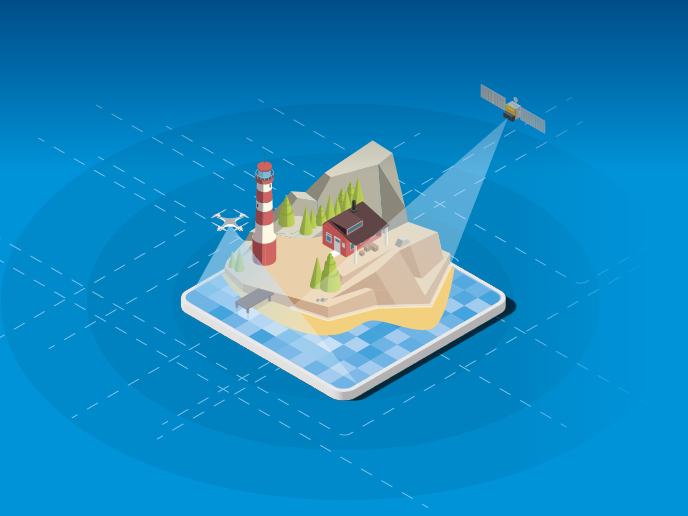V - Developing innovative tools to monitor marine ecosystems
Managing marine resources has to be done within a policy context, but decisions should always be based on best available knowledge.
Jacob Carstensen, OBAMA-NEXT project coordinator
Managing our oceans sustainably over the long term requires reliable observations of the biological ocean. To this end, the EU-funded OBAMA-NEXT project is developing a suite of tools to generate accurate and precise information on marine ecosystem functioning and biodiversity. The project will develop marine information products and the tools needed to support them. “The main output from the project will be ‘information products’, which are typically distribution maps of habitats, species, communities and so on,” explains project coordinator Jacob Carstensen, a professor in the Department of Ecoscience at Aarhus University in Denmark. “To produce these maps, we will develop certain tools – based on statistical models and AI – which can be used by specialists,” he adds. The algorithms developed in the project will support future marine monitoring programmes, for example identifying areas where restoration and protection of blue carbon habitats should be prioritised. The team will assess various emerging technologies that can provide new sources of data, drawing from recent advances in environmental DNA analysis, novel optical instruments and citizen science. This assessment will address the reliability of the tools, the general applicability to the project goals, and the quality of the information gathered. After developing the tools further, the team will then test them in 12 chosen ‘Learning Sites’, which represent diverse ecosystems across four European seas. These tests will provide further information about the robustness of the algorithms and the new techniques, and, importantly, provide feedback to researchers developing the methods. “Often, methods are developed with data from a specific site, and proposed to be generally applicable,” notes Carstensen. “By testing developed methods across many different sites, we will examine the robustness of the method and the general applicability, or alternatively, the limitations of its use.” The project will enhance the information available to support marine managers, by providing more precise and specific information that can be applied in models and decision support tools. “Managing marine resources has to be done within a policy context, but decisions should always be based on best available knowledge,” says Carstensen.
Keywords
blue carbon, ocean-climate-biodiversity nexus, climate mitigation and adaptation, natural carbon sequestration, ecosystem services, marine biodiversity, ecosystem functioning, functional ecology, maritime spatial planning, ecosystem-based approach



